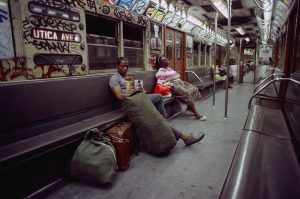These poster was created by David King. He was a British designer, writer and historian of graphic design who. From this collection, he created a series of revelatory books unfolding the history of the Russian Revelatory, and its associated art and propaganda. He developed a special interest in Leaon Trostsky and the Subsequent doctoring of revolutionary photos and record.
for the past three decades David King has moved deftly between roles as designer, photographer, editor, researcher and author. His graphic style – an easily recognisable mix of explosive sans serif typography, solid planes of vivid colour and emphatic rules – reworked for the New Left in Britain the graphic language of the Russian Constructivists.
King was born in 1943, and studied at the London School of Printing and Graphic Arts (now London College of Printing) under Robin Fior, who describes King’s approach as ‘compare and contrast as a political stance’.
Cuber poster is the popular art form in Cuba following the Cuban Revolution, when the government sponsored some 10,000 public posters on a fascinating range of cultural, social, and political themes.
Alberto Korda was the official photographer of Fidel Castro. His photographs are known for their endurance. His most recognizable image of Che Guevara, titled “Guerillero Heroico”, became a worldwide emblem of revolution and rebellion. After Che’s death as martyr, this photograph was used in T-shirts and album covers and advertisers started using this image of Che to draw the attention of youth. But Alberto never made a penny from this renowned photograph. As a photographer, he always preferred to take photos in natural light. He, for the first time, used Cuban models to show off Cuban clothes. Earlier, he was more interested towards fashion photography. On account of the Cuban Revolution, the condition of the people living in poverty made him to change the subject of his photography. His photo “La Nina” represents the stories of the poor. Korda’s photographs served as the documentary of the entire Cuban revolution under the reign of Fidel Castro.
Emory Douglas was an integral part of the Black Panther Party, joining as minister of culture in 1967 and designing artwork that became potent symbols of the movement. Although the party ceased to function from 1980, its legacy goes on, as does Douglas’s work in an exhibition at Urbis, Manchester.
Reference
https://en.wikipedia.org/wiki/David_King_(graphic_designer)
http://www.eyemagazine.com/feature/article/repuations-david-king

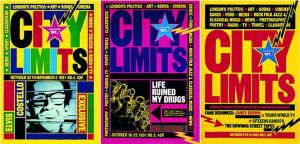
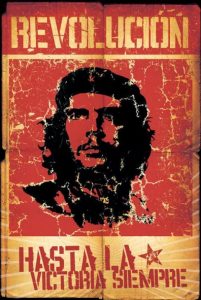
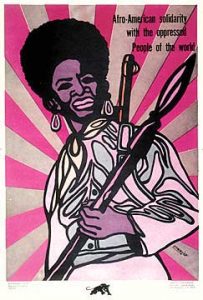
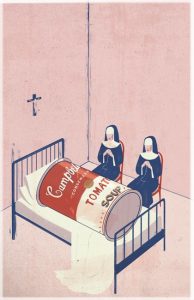
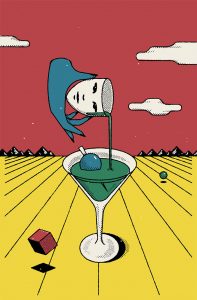
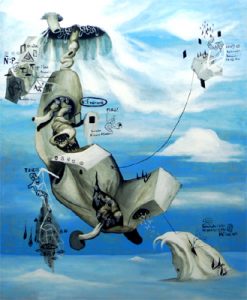
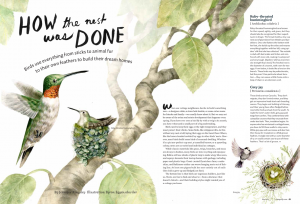
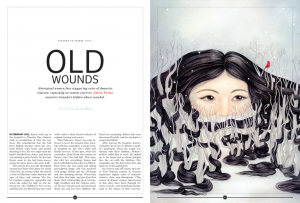
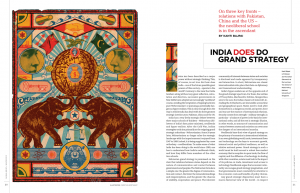
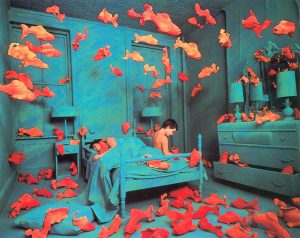
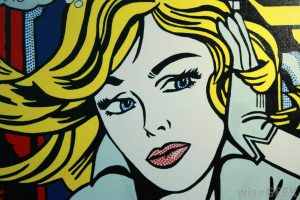
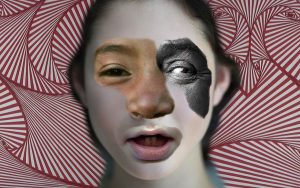
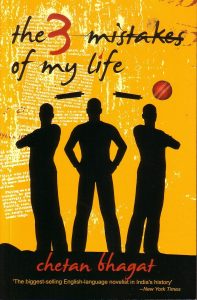


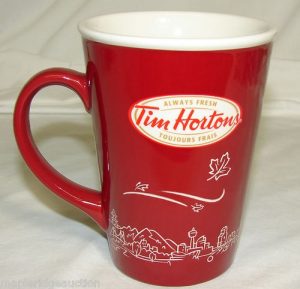
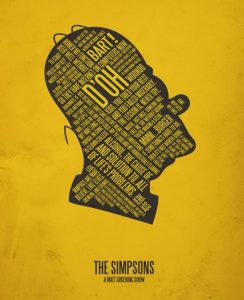
 The Publish or Perish lecture was also one of my favourites for another reason. I found the section on Dr. Martin Luther King and Malcom X extremely interesting as I have looked into this a little myself and it was very insightful into the black history in America. This is a topic I find engaging as a young black man myself this relates to my history also.
The Publish or Perish lecture was also one of my favourites for another reason. I found the section on Dr. Martin Luther King and Malcom X extremely interesting as I have looked into this a little myself and it was very insightful into the black history in America. This is a topic I find engaging as a young black man myself this relates to my history also.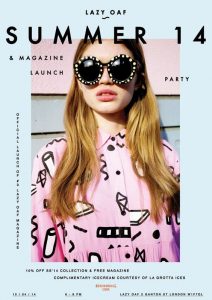
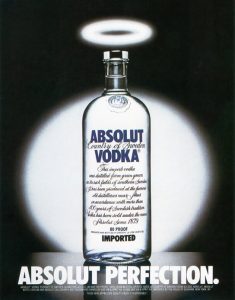
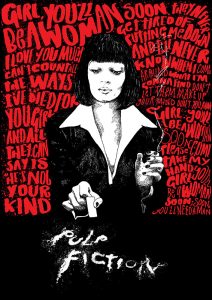
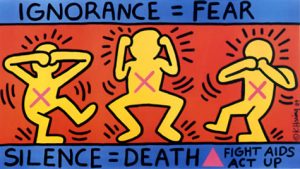
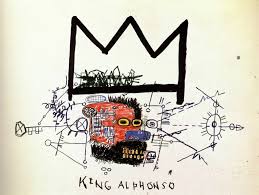 Basquiat’s “King Alphonso” really interested me, once again, because of it’s limited colourscheme. The use of purely primary colours mixed with child-like fluidity to the drawings really drew me in. I found it interesting how Basquiat used colour only in the centre of the piece of work, which your eye is after you see the huge signature crown in which has become essentially a signature for Basquiat, which is seen as a sign for greatness, ‘Even if no one else sees it, he’s a king in his own right.’
Basquiat’s “King Alphonso” really interested me, once again, because of it’s limited colourscheme. The use of purely primary colours mixed with child-like fluidity to the drawings really drew me in. I found it interesting how Basquiat used colour only in the centre of the piece of work, which your eye is after you see the huge signature crown in which has become essentially a signature for Basquiat, which is seen as a sign for greatness, ‘Even if no one else sees it, he’s a king in his own right.’